Algebra Questions
The best high school and college tutors are just a click away, 24×7! Pick a subject, ask a question, and get a detailed, handwritten solution personalized for you in minutes. We cover Math, Physics, Chemistry & Biology.

Algebra
Sequences & Seriesest Jse divisions to convert the base ten numer given base 2 874 to base seven O 11 224seven O 11 244seven O 11 422 seven 11 442 seven
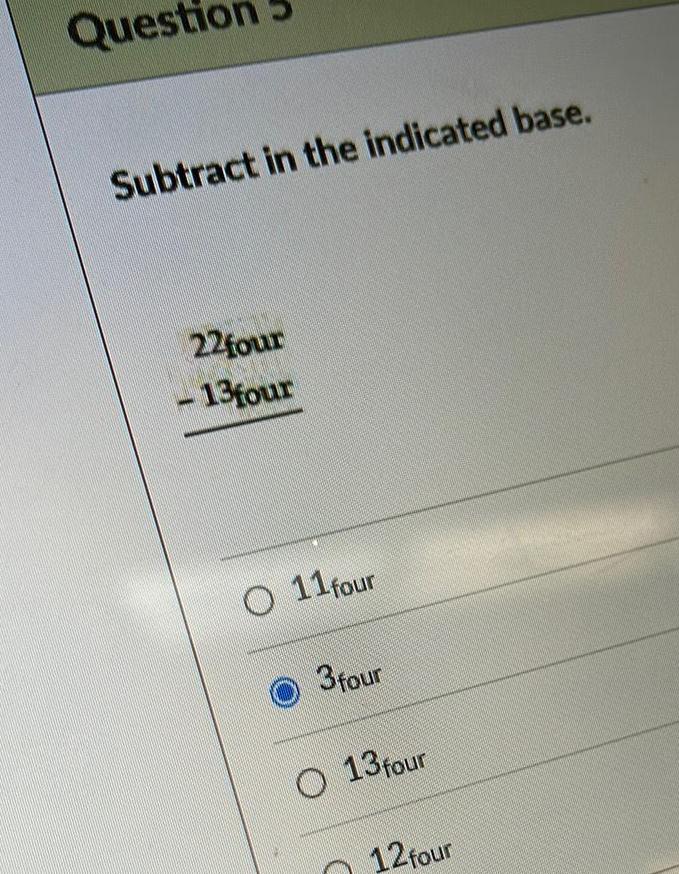
Algebra
Complex numbersQuestio Subtract in the indicated base 22four 13 four O 11 four 3 four O 13 four 12 four

Algebra
Sequences & SeriesFind the least common multiple of the numbers 45 and 54 O 405 O 270 O 2430 O 486

Algebra
Sequences & SeriesExpress the expanded form as a 5 10 0 10 0 10 1 1 O 5001 05 O 51 Hindu Arabic nume F01

Algebra
Complex numbersFind the prime factorization of the composite number 252 024 x 7 O 22 x 32 x 7 O 34 x 7 2 x 3 x 7

Algebra
Quadratic equationsSolve the problem A movie theater has two screens and shows its movie continuously A 30 minute documentary is shown on one screen A 120 minute feature is shown on the other screen If both movies begin at noon how many minutes will pass before both movi begin again at the same time O 240 minutes O 120 minutes O 150 minutes inutes
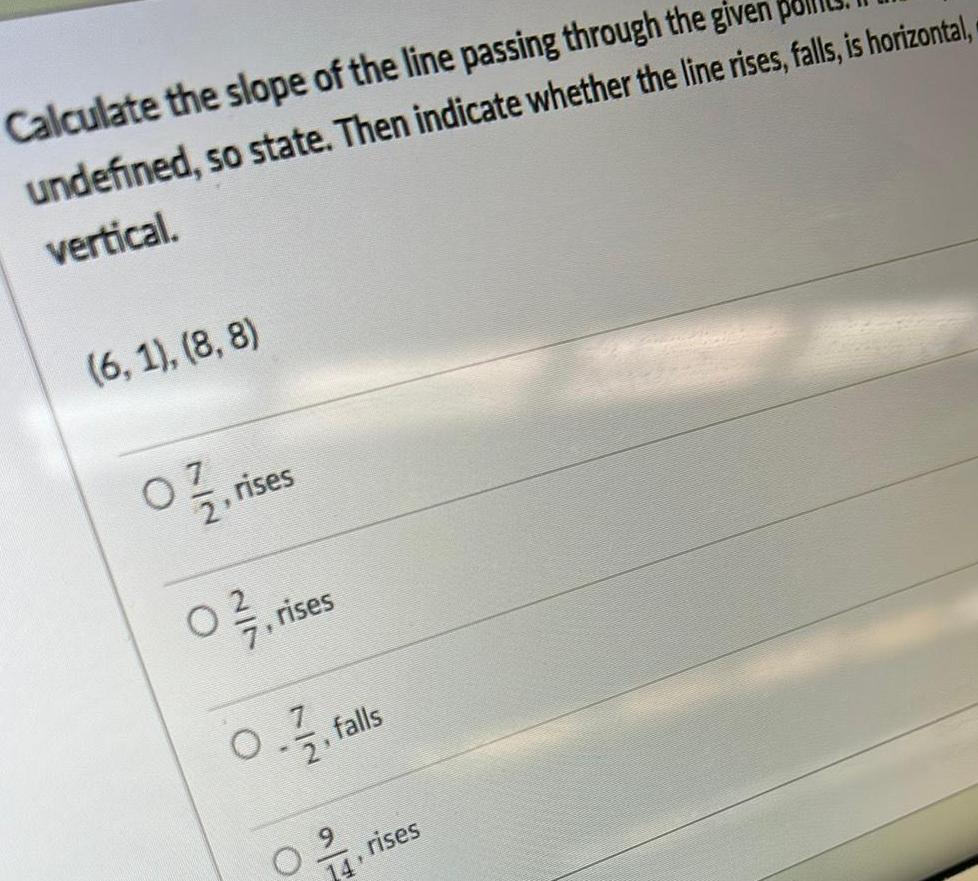
Algebra
Complex numbersCalculate the slope of the line passing through the given undefined so state Then indicate whether the line rises falls is horizontal vertical 6 1 8 8 07 21 rises O 7 rises 07 2 falls 09 14 rises

Algebra
Quadratic equationsWrite the Roman numeral as a Hindu Arabic numeral XLVI 0 46 O 154 O 165 54

Algebra
Permutations and Combinations5 Kathy plans to purchase a car that depreciates at a rate of 12 per year The initial value of the car is 21 000 Use an exponential function to find the value of the car after 3 years

Algebra
Sequences & Series2 The population of a town is 2500 and is decreasing at a rate of 3 5 per year Use an exponential function to find the population of the town after 5 years

Algebra
Complex numbers3 Daniel s Print Shop purchased a new printer for 35 000 Each year it depreciates at a rate of 5 Use an exponential function to find its approximate value after 8 years

Algebra
Sequences & Series4 The population of a school is 800 students and is increasing at a rate of 2 per year Use an exponential function to find the population of the school after 9 years

Algebra
Sequences & SeriesThis is a 2 page document Directions Write the formula for each function below EXPONENTIAL GROWTH FUNCTION y a 1 r EXPONENTIAL DECAY FUNCTION a 1 x Directions Read each problem carefully choose the correct model then solve 1 Annual sales for a fast food restaurant are 650 000 and are increasing at a rate of 4 per year Use an exponential function to find the annual sales after 7 years 11

Algebra
Sequences & Series18 x dx 182 x dx i 18 x dx We will use these notations in this article Example 1 Obtain approximate solutions upto of the following initial value problem dx 2x 3y x 0 1 dt dy dt Solution t y y 0 2 We have x 1 1 2 x 1 1 f 2 x s 3y s ds 1 8ds 8t 1 3 1 2 s y s ds 81 1 2 f s 2 ds 2 2t Thus 3 0 21 2 21 1 2 2 Next x 0 1 1200 35 03 d 1 1 8 2x2x 3x d 2x s 3y s ds s y s ds 2 2 35 2 ds y 1 2 s y s ds 2 31 3 2 6 3 21 2 24
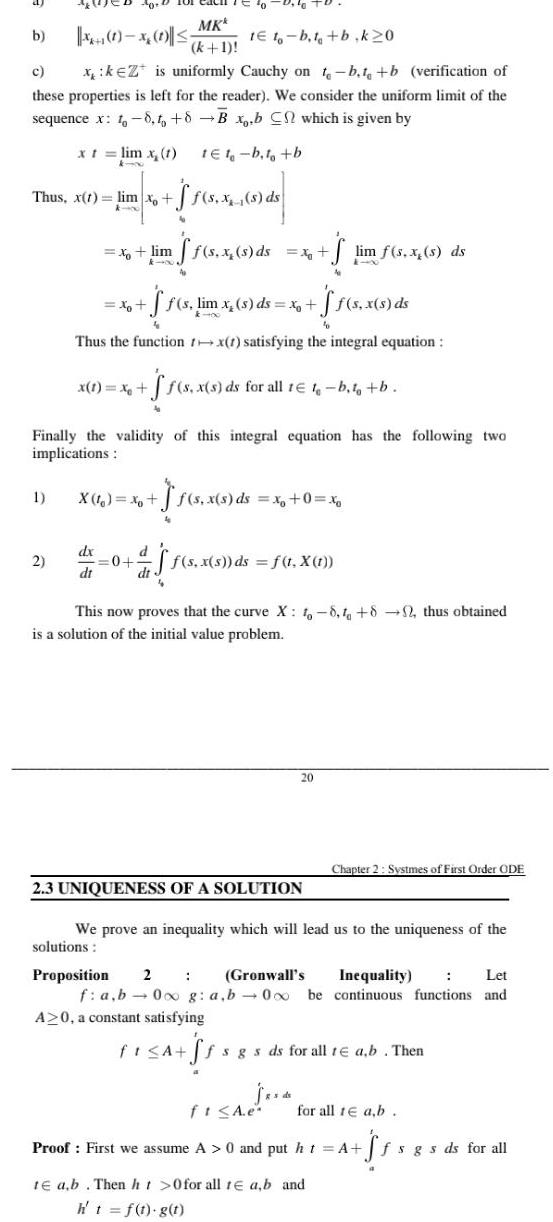
Algebra
Matrices & Determinantsb 1 to b t b k20 c xkZ is uniformly Cauchy on t b t b verification of these properties is left for the reader We consider the uniform limit of the sequence x 1 8 to 8 B x b C which is given by x t lim x 1 Thus x t lim xo k 00 40 D 1 0 1 2 x lim x dx dt x 1 x MKk k 1 to 0 10 X 1 x 0 1e1 b t b ff s lim x s ds x Thus the function rx 1 satisfying the integral equation dt f s x s ds ff s x s ds Finally the validity of this integral equation has the following two implications x ff s x s ds for all t t b t tb f s x s ds x 0 x ff s x s ds lim f s x s ds f s x s ds f t X t 20 2 3 UNIQUENESS OF A SOLUTION This now proves that the curve X 1 8 1 82 thus obtained is a solution of the initial value problem s ds Chapter 2 Systmes of First Order ODE We prove an inequality which will lead us to the uniqueness of the solutions Proposition 2 Gronwall s Inequality Let f a b 0 g a b 000 be continuous functions and A 0 a constant satisfying fi A ff fsgs ds for all te a b Then ft A e Proof First we assume A 0 and put ht A te ab Then ht 0 for all te a b and h t f t g t for all 1 a b Sf fsgs ds for all

Algebra
Quadratic equationsNote Recall if g a b R is an integrable vector valued functions with components 8 828 then 18 x dx 18 4 8 1 dx Equivalently written in the columnal 8 x dx a form we have jg x dx je x dx We will use these notations in this article Example 1 Obtain approximate solutions upto of the following initial value problem 2x 3y x 0 1 Thus Next dx dt dy dt Solution js 1 de 8 x dx 1 y y 0 2 We have x t 1 2 500 1 12 400 3 00 1 18 8 1 y 1 2 s y s ds 2 s 2 ds 2 21 2 21 1 2 2 81 1 1 2x s 3y s ds 1 8r 1 y 1 2 s y s ds 2 2 s Y s y 1 ds 2 2 3x 2 ds 13 21 2
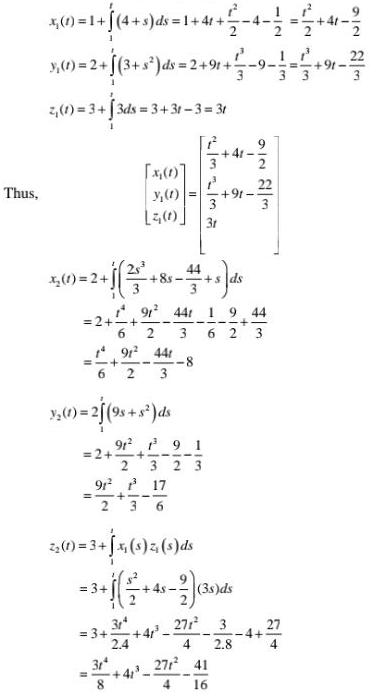
Algebra
Matrices & DeterminantsThus x 1 4 5 1 4 4 444 4 3 0 2 1 3 2 9 9 2 1 3 3ds 3 31 3 3r 2 6 191 441 2 3 6 5 00 2 1 8 1 91 441 19 44 2 3 623 32 0 25 9s ds x 1 y 1 500 3 91 191 2 1 1 2 323 3 91 17 2 3 6 2 1 3 x s z s ds 31 44 31 2 4 8 3r 41 91 38 ds 271 41 4 16 41 271 3 4 2 8 22 4

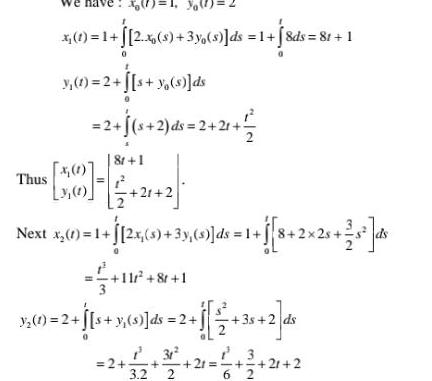
Algebra
Matrices & Determinants300 1 12400 300 ds 1 j8dx 8r 1 y t 2 s y s ds Thus 2 x 2 2 2 8r 1 30 21 2 Next x 1 1 2x s 3y s ds 1 8 2 2s 25 ds 3 1 2 s x 6 ds 2 3x 2 ds 2 1 3 21 21 2 6 2 2 3 2 2
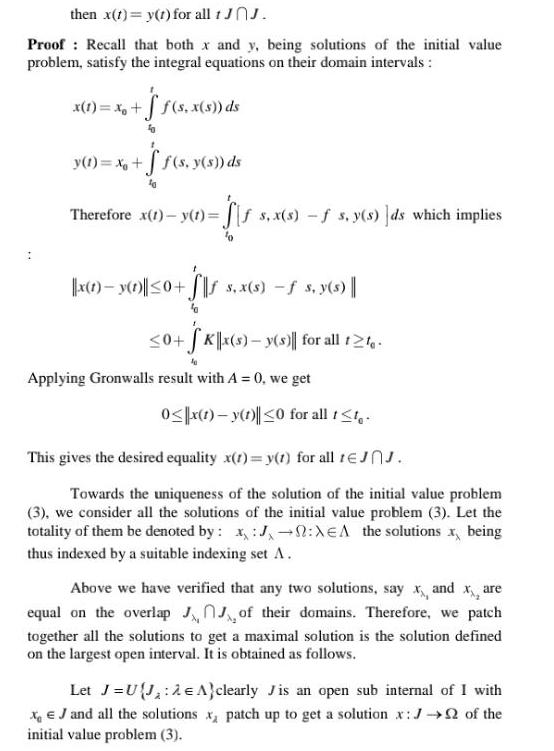
Algebra
Complex numbersthen x t y t for all 1 JOJ Proof Recall that both x and y being solutions of the initial value problem satisfy the integral equations on their domain intervals x 1 x f s x s ds y t x f s y s ds Therefore x 1 y t s x s f s y s ds which implies x 1 y 1 0 S s x s s y s 0 Kx s y s for all 12 Applying Gronwalls result with A 0 we get 0 x 1 y 1 0 for all t t This gives the desired equality x 1 y 1 for all 1JJ Towards the uniqueness of the solution of the initial value problem 3 we consider all the solutions of the initial value problem 3 Let the totality of them be denoted by x J XEA the solutions x being thus indexed by a suitable indexing set A Above we have verified that any two solutions say x and x are equal on the overlap JJ of their domains Therefore we patch together all the solutions to get a maximal solution is the solution defined on the largest open interval It is obtained as follows Let J UJ A clearly Jis an open sub internal of I with XJ and all the solutions x patch up to get a solution x J of the initial value problem 3
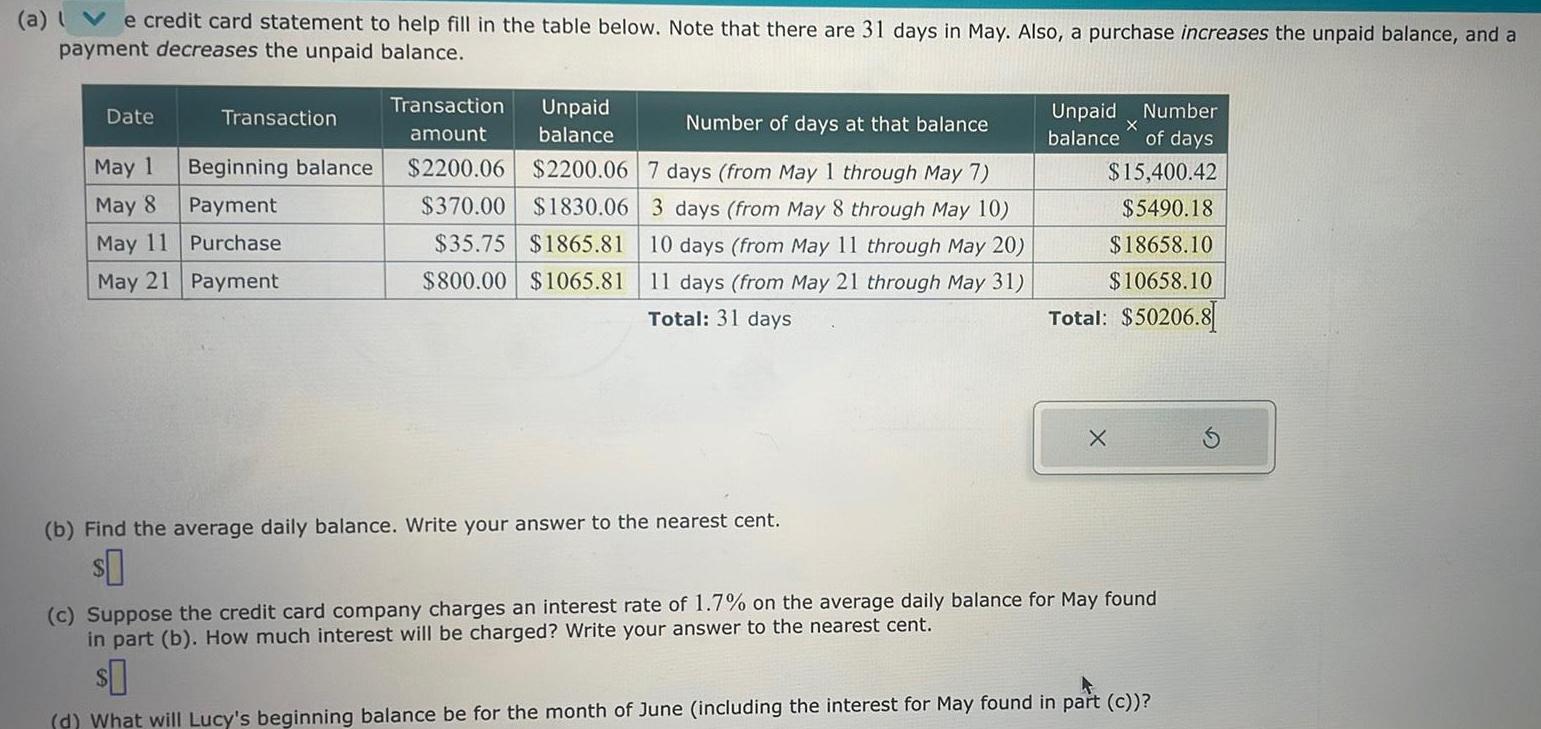
Algebra
Complex numbersa e credit card statement to help fill in the table below Note that there are 31 days in May Also a purchase increases the unpaid balance and a payment decreases the unpaid balance Date Transaction May 1 May 8 May 11 May 21 Payment Beginning balance Payment Purchase Transaction amount Unpaid Number of days at that balance balance 2200 06 2200 06 7 days from May 1 through May 7 370 00 35 75 1865 81 10 days from May 11 through May 20 800 00 1065 81 11 days from May 21 through May 31 Total 31 days 1830 06 3 days from May 8 through May 10 b Find the average daily balance Write your answer to the nearest cent 0 Unpaid Number balance of days X 15 400 42 5490 18 18658 10 10658 10 Total 50206 8 X c Suppose the credit card company charges an interest rate of 1 7 on the average daily balance for May found in part b How much interest will be charged Write your answer to the nearest cent 0 d What will Lucy s beginning balance be for the month of June including the interest for May found in part c

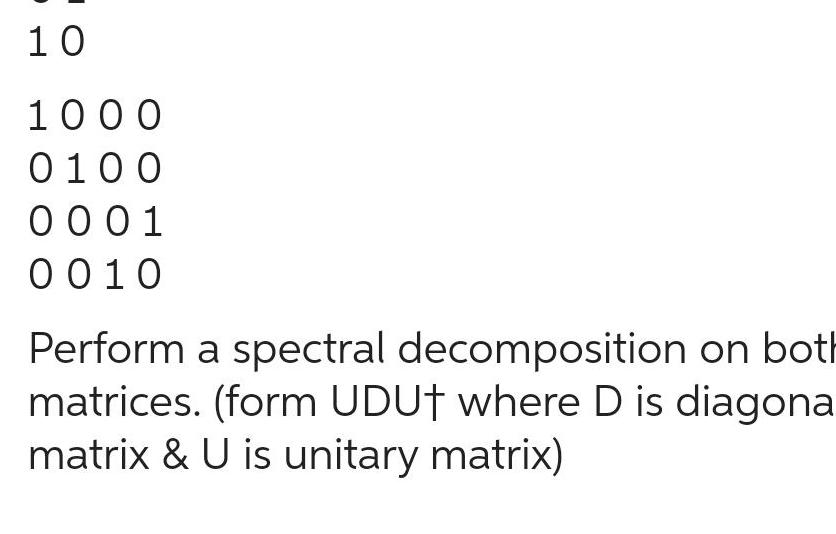
Algebra
Matrices & Determinants10 1000 0100 0001 0010 Perform a spectral decomposition on both matrices form UDU where D is diagona matrix U is unitary matrix
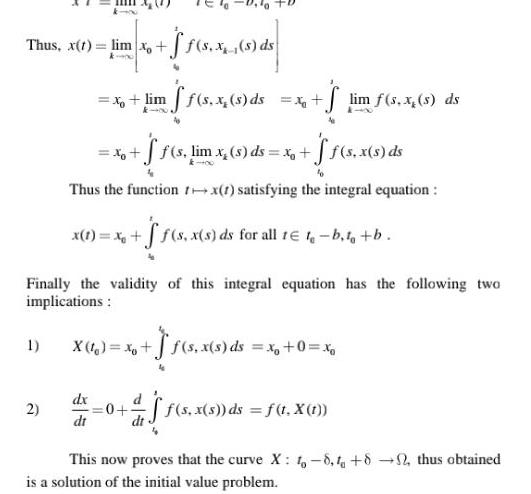
Algebra
Permutations and CombinationsThus x t lim xo f s x s ds Finally the validity of this integral equation has the following two implications X 1 x f s x s ds x 0 xg 1 x lim ff s x s ds x S lim f s x s ds x f f s lim x s ds x ff s x s ds Thus the function rx 1 satisfying the integral equation x 1 x f f s x s ds for all 1 t b 1 b 2 dx dt 0 ff s x s ds f 1 X 1 This now proves that the curve X 1 8 82 thus obtained is a solution of the initial value problem

Algebra
Quadratic equationsUse the following right triangle to find the functions tanA cosA and cscA C 3 8 B
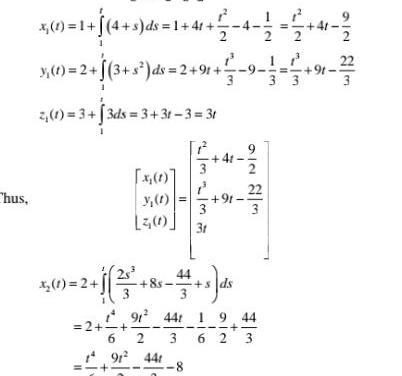
Algebra
Permutations and CombinationsChus 360 1 4 1 1 4 1 4 2 2 30 2 3 2 9 91 233723 2 1 3 3ds 3 3r 3 3t 1 5 1 2 x 1 300 2 6 8s gi 91 441 11 1 32 33 8 4 91 sds 1 3 91 44 19 44 2 3 62 3 2 22 3

Algebra
Quadratic equationsIf 0 3 4 sec 0 equals csc 0 equals tan 0 equals cot 0 equals use the unit circle to find exact values for the following
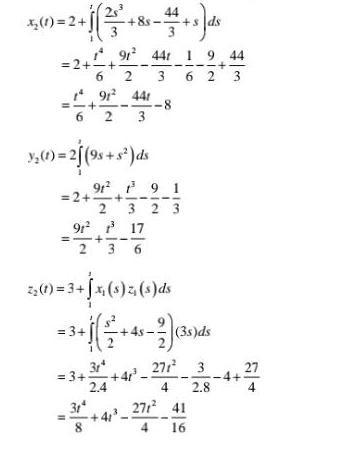
Algebra
Permutations and Combinationsx 1 2 2 2 3 6 2 191 441 62 3 3 3t 3 8 91 44 19 44 3 62 3 3 1 2 9s s ds 91 2 91 1 17 2 5 2 4 I 3 6 2 1 3 x s z s ds 41 191 32 3 I 44 4s 4 3s ds 27 3 4 2 8 271 41 4 16 4 27

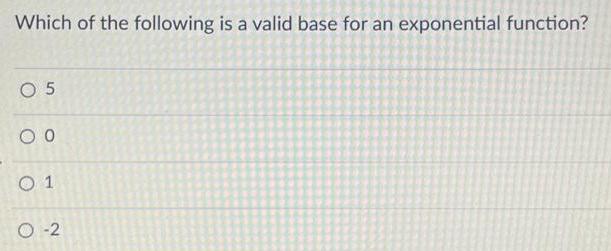
Algebra
Complex numbersWhich of the following is a valid base for an exponential function 05 00 0 1 O 2


Algebra
Quadratic equationsWrite an equation in y mx b form for the linear relationship shown in the table Servings 4 8 10 Cups of Pasta for Diabetes Patients The equation in 1 2 132313 3 DO NOT USE ANY SPACES between variables constants equals signs and operation signs For example DO NOT enter y 2x 1 DO ENTER y 2x 1 Put parentheses around constants that are fractions like this y 2 3 x 1 2 You may use decimals IF the decimal values are exact You cannot use 33 for 1 3 because it is not exact To write your equation use the variables s number of servings c s cups of pasta Yold

Algebra
Quadratic equations1 2 3 4 LO 5 Graph the solution to the inequality on the number line 5x 10 15 6 4111 11 10 9 8 7 6 5 4 3 2 1 0 1 2 3 4 5 6 7 8 9 10 11 7 X

Algebra
Quadratic equations1 Solve 2 3 4 w 17 5 If all real numbers are solutions click on All reals If there is no solution click on No solution 11 N No solution 5 and 00 IND or 6 All reals
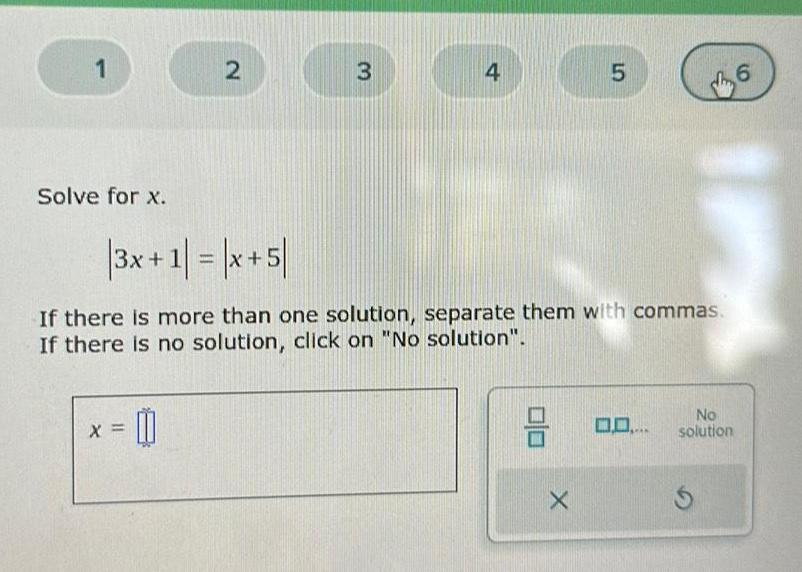
Algebra
Complex numbers1 Solve for x X 2 0 3 4 3x 1 x 5 If there is more than one solution separate them with commas If there is no solution click on No solution 8 5 X 0 0 No solution S 6

Algebra
Quadratic equations1 Question 2 of 11 1 point Question Attempt 1 of Unlimited Solve for w W 2 0 3 2 w 6 If there is more than one solution separate them with commas If there is no solution click on No solution 4 010 5 X 0 0 6 No solution S

Algebra
Permutations and CombinationsExplain why the two figures show equivalent graphs Then draw a third equivalent graph D H M M Why are the two graphs equivalent Select all that apply A The graphs have the same number of vertices B The graphs have a number of edges that matches the number of vertices c The vertices are connected in the same way D The graphs have the same number of edges D M H N




Algebra
Quadratic equationsDraw a graph for the description The vertices are A B C and D The edges are AB BC CD BD and BB Choose the correct graph below OA A B O B A D O C Co
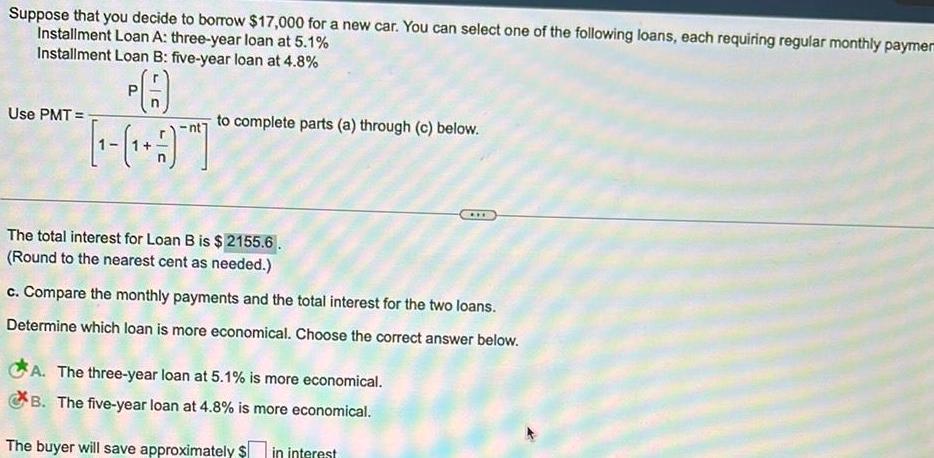
Algebra
Permutations and CombinationsSuppose that you decide to borrow 17 000 for a new car You can select one of the following loans each requiring regular monthly paymen Installment Loan A three year loan at 5 1 Installment Loan B five year loan at 4 8 PA Use PMT to complete parts a through c below The total interest for Loan B is 2155 6 Round to the nearest cent as needed c Compare the monthly payments and the total interest for the two loans Determine which loan is more economical Choose the correct answer below A The three year loan at 5 1 is more economical B The five year loan at 4 8 is more economical The buyer will save approximately in interest

Algebra
Complex numbersTo offer scholarships to children of employees a company invests 13 000 at the end of every three months in an annuity that pays 10 compounded quarterly a How much will the company have in scholarship funds at the end of ten years b Find the interest i Click the icon to view some finance formulas a The company will have in scholarship funds Do not round until the final answer Then round to the nearest dollar as needed

Algebra
Quadratic equationsK How wide is the chasm between what men and women earn in the workplace According to a 2015 analysis from a national women s group women lose 435 049 over the course of a career because of the pay gap The bar graph to the right Average Yearly Earnings in the shows the average earnings in the United States for men and women at ages 24 and 60 This exercise involves the graphs of by Gender Age models for the data shown in the rectangular coordinate system to the right Complete parts a through c below 70 60 Men 50 Women This question 1 point s possible W x Use integers or decimals for any numbers in the expression Round to two decimal places as needed Average Yearly Earnings 1000s M age 36 thousand Type an integer or decimal rounded to one decimal place as needed Next find the average yearly earnings for women at age 36 W age 36 thousand Type an integer or decimal rounded to one decimal place as needed 40 30 24 Age 60 Average Yearly Earnings 1000s 70 60 30 62 50 0 26 40 30 20 10 a Use the two points for men shown on the graph to find a function in the form M x mx b that models average yearly earnings for men x years after age 24 M x Use integers or decimals for any numbers in the expression Round to two decimal places as needed b Use the two points for women shown on the graph to find a function in the form W x mx b that models average yearly earnings for women x years after age 24 0 0 22 Submit qu Men 30 38 Women 0 10 20 30 40 50 Years after Age 24 c Use the models in parts a and b to find the average yearly earnings for men and women at age 36 How are these values shown on the graphs of the models for the data What is the difference between earnings for men and women at that age Start by finding the average yearly earnings for men at age 36



Algebra
Quadratic equations1 5 and parallel to x 2y 5 X 9 a The equation of the line in slope intercept form is y 2 2 Type your answer in slope intercept form Use integers or fractions for any numbers in the equation b The equation of the line in standard form is Type your answer in standard form
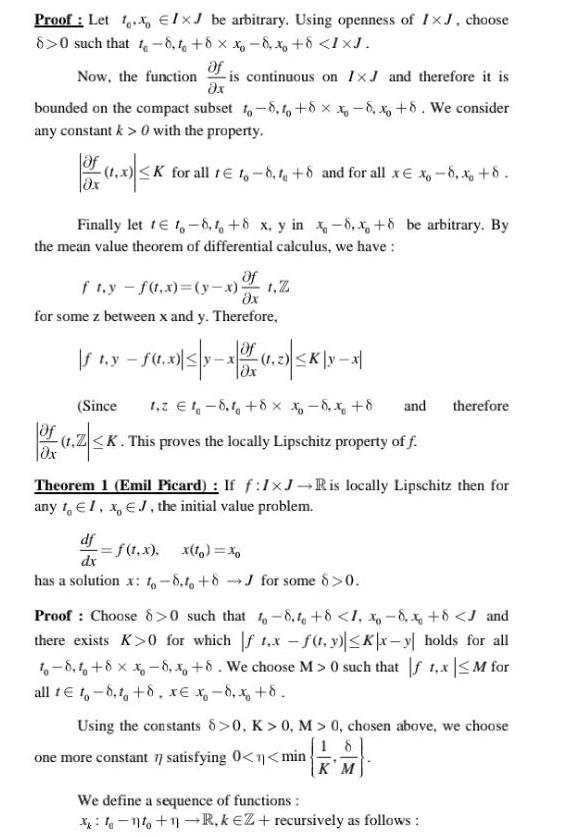
Algebra
Complex numbersProof Let IxJ be arbitrary Using openness of IxJ choose 8 0 such that 1 8 4 8 x 8 x 8 IXJ Now the function is continuous on IxJ and therefore it is x bounded on the compact subset 10 8 0 8 x8 x 8 We consider any constant k 0 with the property of 1 3 K K for all t 1 8 8 and for all x x 8 x 8 Finally let 1 1 8 1 8 x y in 8 x 8 be arbitrary By the mean value theorem of differential calculus we have Of ft y f t x y x x for some z between x and y Therefore of fty f0 x 5 x 10 5K yx 1 2 K Ox Since 1 2 1 8 1 8 x 8 x 8 of 1 2z K K This proves the locally Lipschitz property of f Theorem 1 Emil Picard If f 1xJ R is locally Lipschitz then for any 1 EI x EJ the initial value problem df f 1 x x to xo dx has a solution x 6 8 16 8J for some 8 0 and therefore Proof Choose 8 0 such that 1 8 1 8 1 8 x 8 J and there exists K 0 for which f1 x f t y Kx y holds for all 1 8 8 x 8 x 8 We choose M 0 such that f 1 x M for all te t 8 8 xe x 8 x 8 Using the constants 8 0 K 0 M 0 chosen above we choose one more constant 77 satisfying 0 n min We define a sequence of functions KM no 1 R kEZ recursively as follows

Algebra
Complex numbersPlot the point 8 1 in the rectangular coordinate system Plot 8 1 10 B 6 10 B 2 Ay 6 40
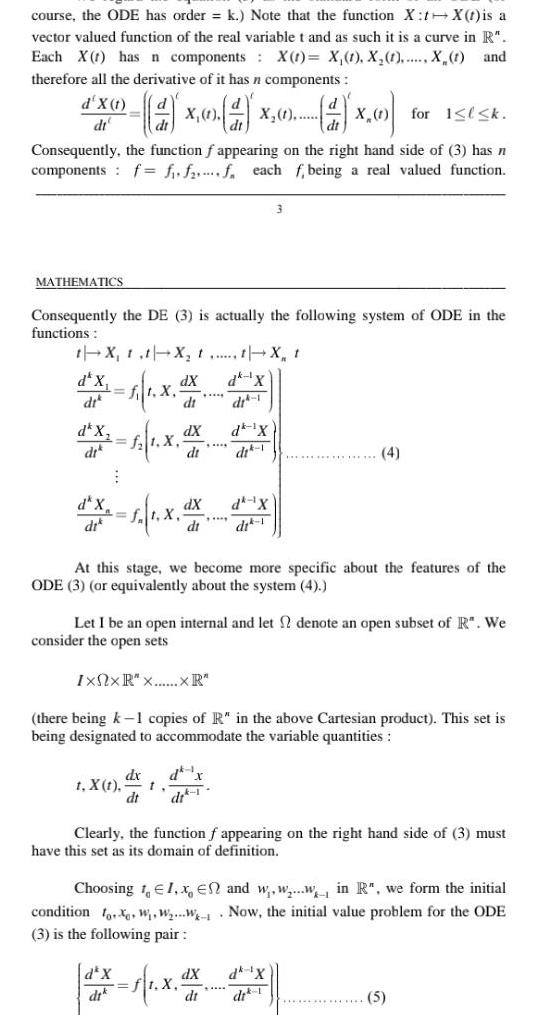
Algebra
Matrices & Determinantscourse the ODE has order k Note that the function X t X t is a vector valued function of the real variable t and as such it is a curve in R Each X has n components X t X 1 X 1 X t and therefore all the derivative of it has n components X 1 X 1 d for 1 l k Consequently the function f appearing on the right hand side of 3 has n components f f f f each f being a real valued function d X 1 dt MATHEMATICS Consequently the DE 3 is actually the following system of ODE in the functions t X t t X t t X t dk X dit 1 dk 1X d x f X d X di di d X dik t X t 1 X 1 X dx dt d X dt dX dt dX dt t dX At this stage we become more specific about the features of the ODE 3 or equivalently about the system 4 Let I be an open internal and let 2 denote an open subset of R We consider the open sets IxNxR x XR there being k 1 copies of R in the above Cartesian product This set is being designated to accommodate the variable quantities d x dr 1 3 dk X dit 1 1 X Clearly the function f appearing on the right hand side of 3 must have this set as its domain of definition dX dt Choosing 1 1 x En and w w w in R we form the initial condition fox W W W Now the initial value problem for the ODE 3 is the following pair 4 dk X 5